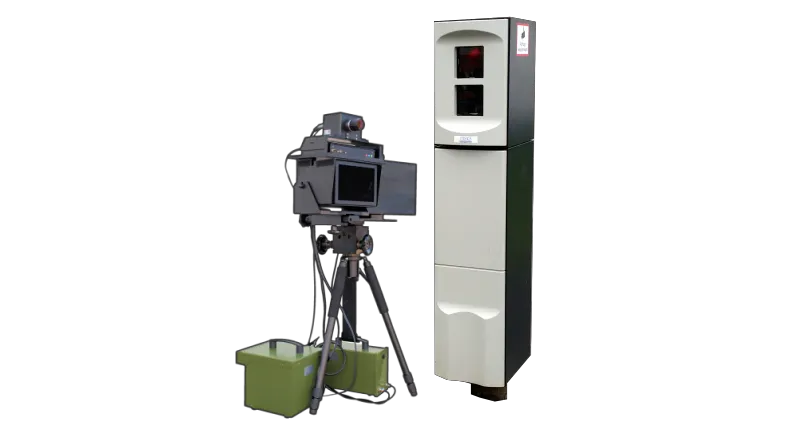UK-based Traffic Technology’s SpeedWatch can now target distracted and dangerous driving behaviour. It uses an aesthetic portable interactive display to deliver messages such as mobile phone use, fasten seat belt and excess speed.
The SpeedWatch+ interactive display wirelessly interfaces to the manned SpeedWatch radar system, while a tablet device allows trained members of the public to select appropriate messages which are sent to the display to warn violating drivers.
February 26, 2018
Read time: 1 min
UK-based 561 Traffic Technology’s SpeedWatch can now target distracted and dangerous driving behaviour. It uses an aesthetic portable interactive display to deliver messages such as mobile phone use, fasten seat belt and excess speed.
The SpeedWatch+ interactive display wirelessly interfaces to the manned SpeedWatch radar system, while a tablet device allows trained members of the public to select appropriate messages which are sent to the display to warn violating drivers.
A positive driver feedback display is shown when no distracted driver behaviour is detected.








